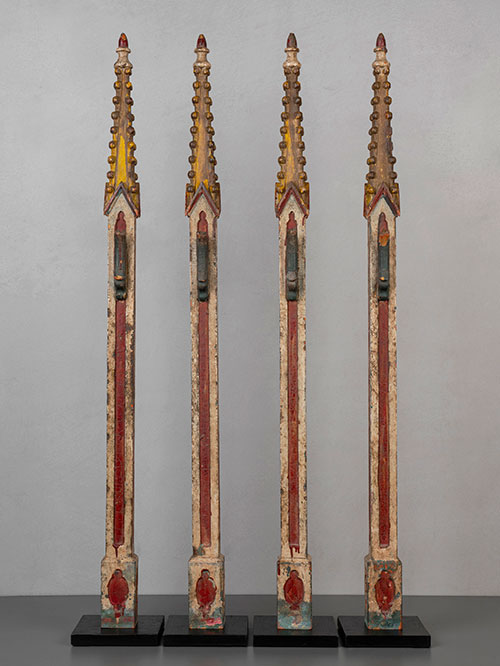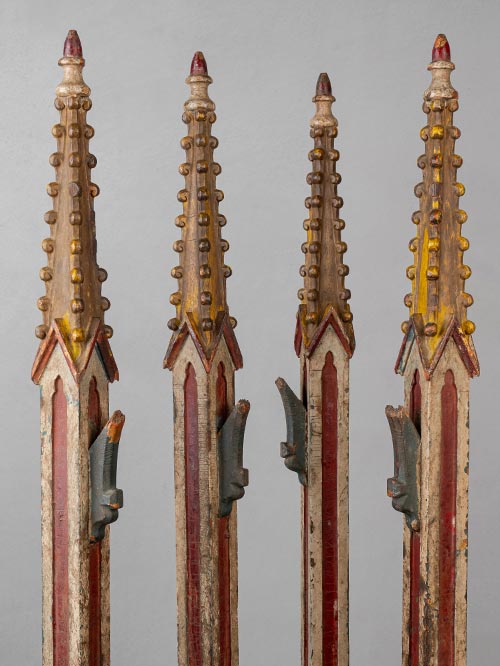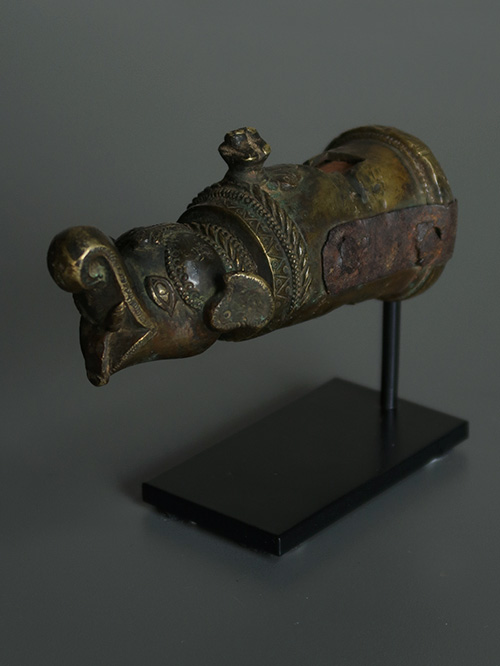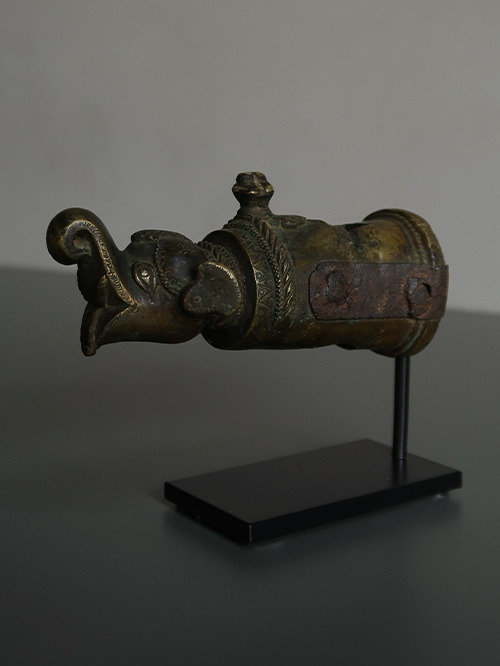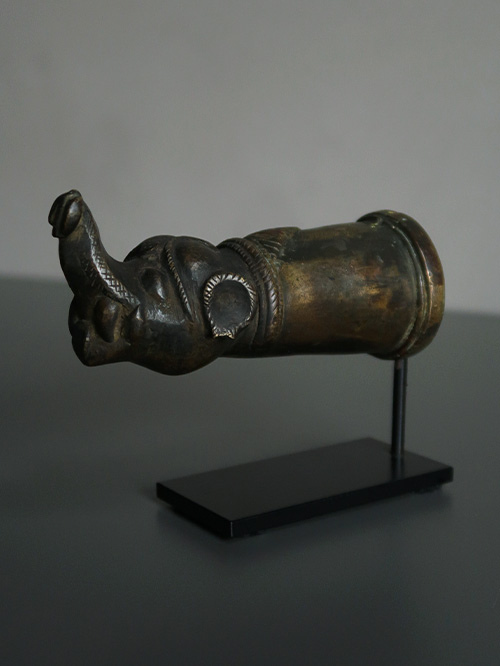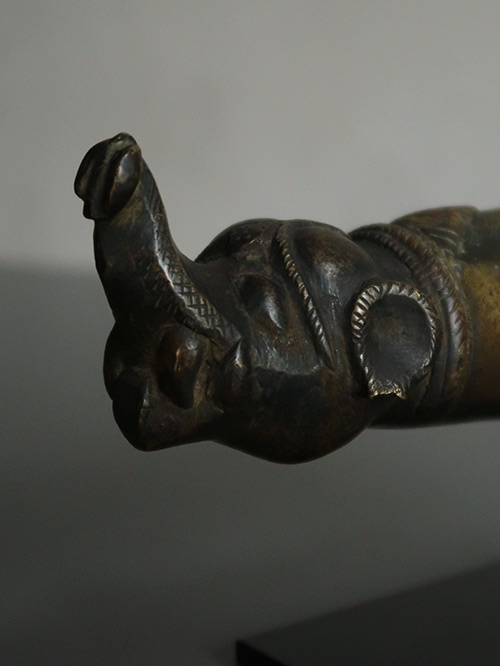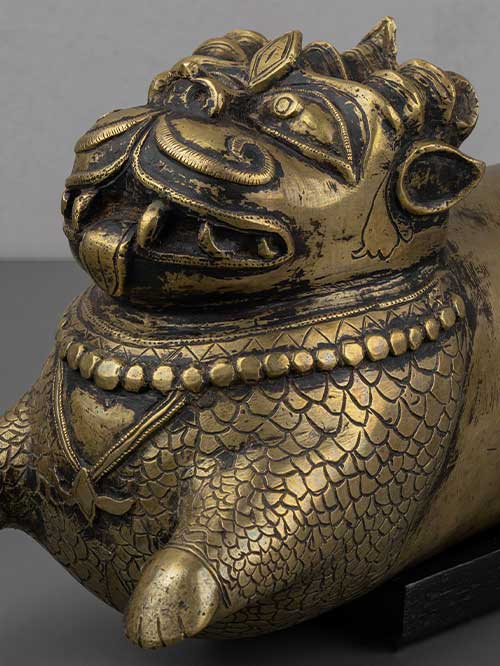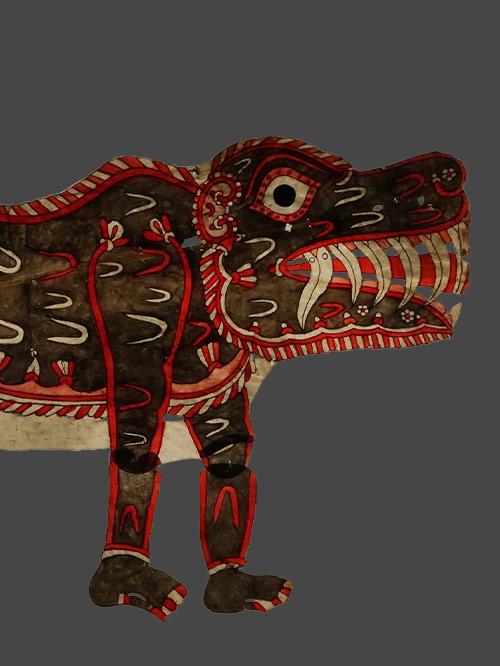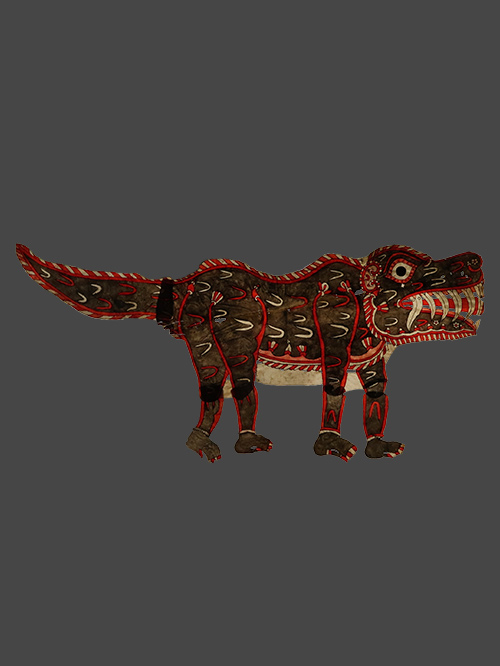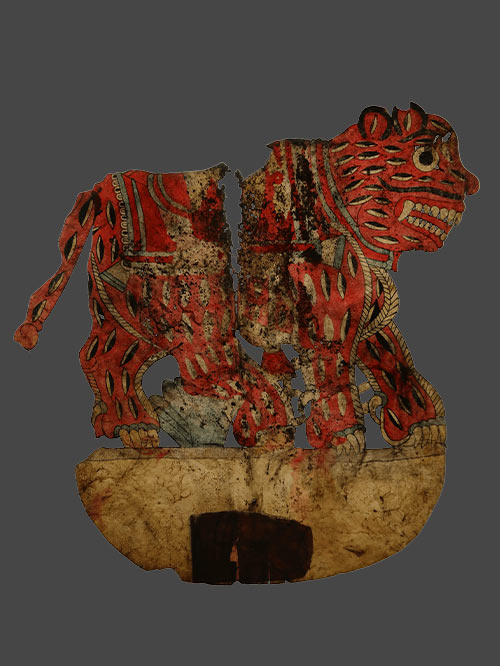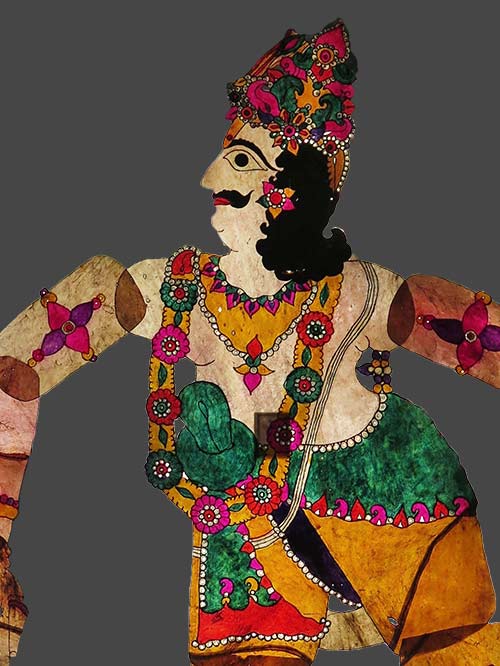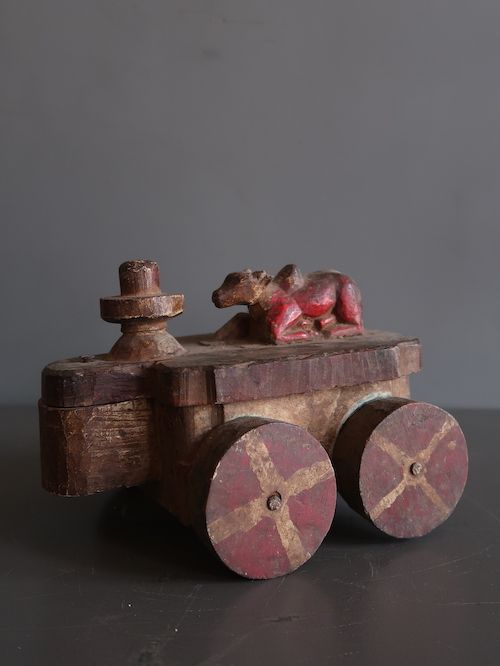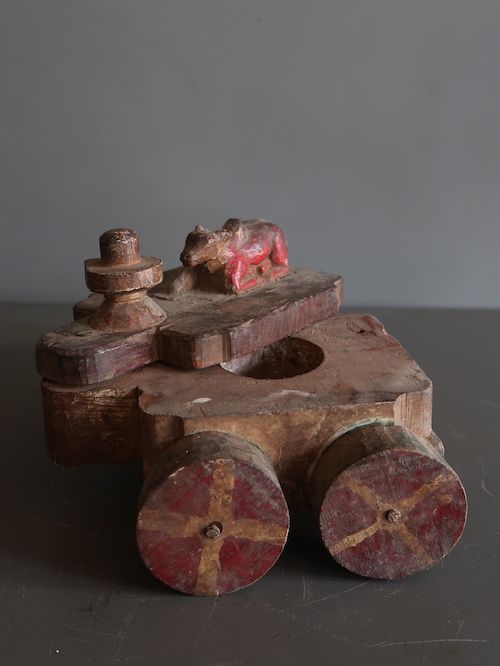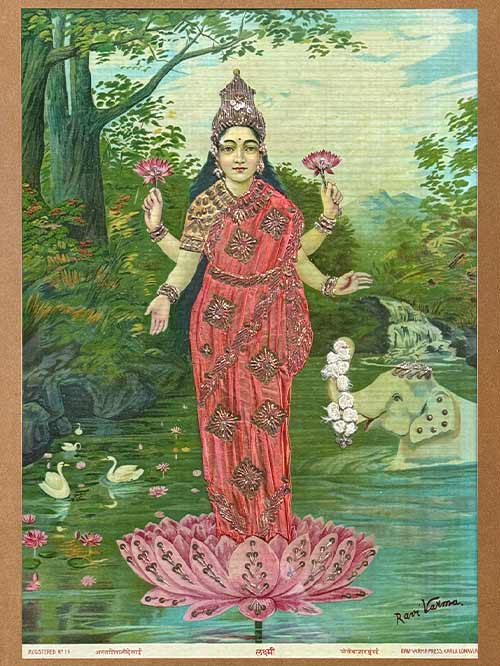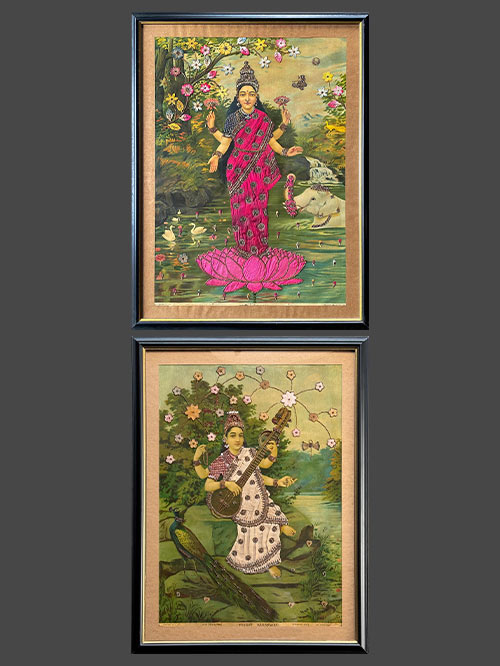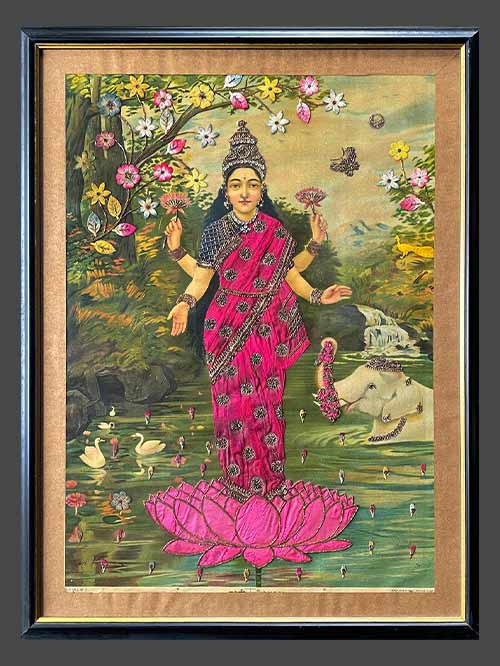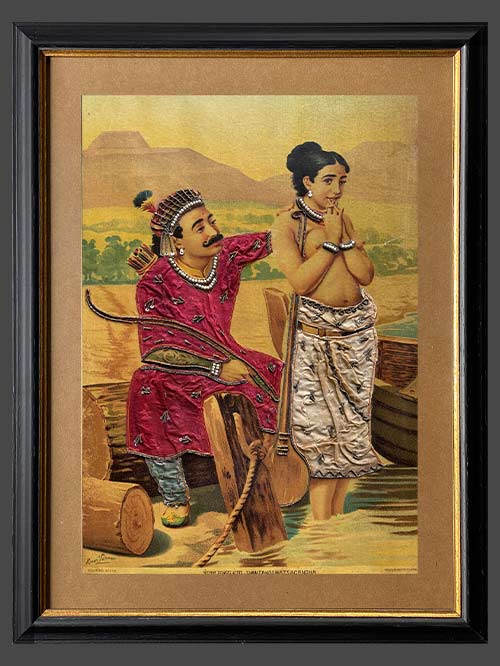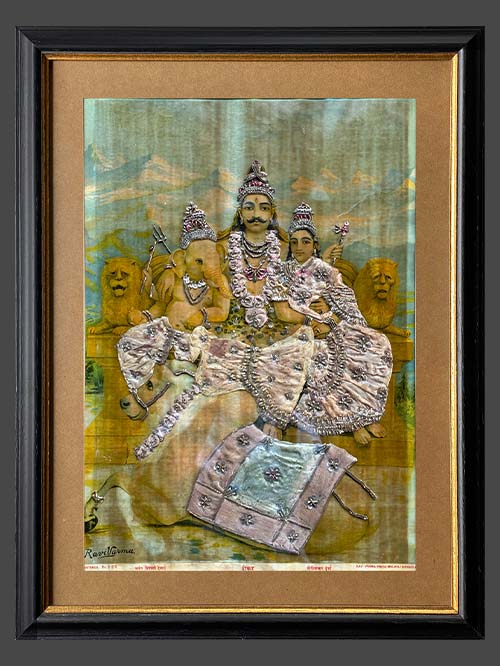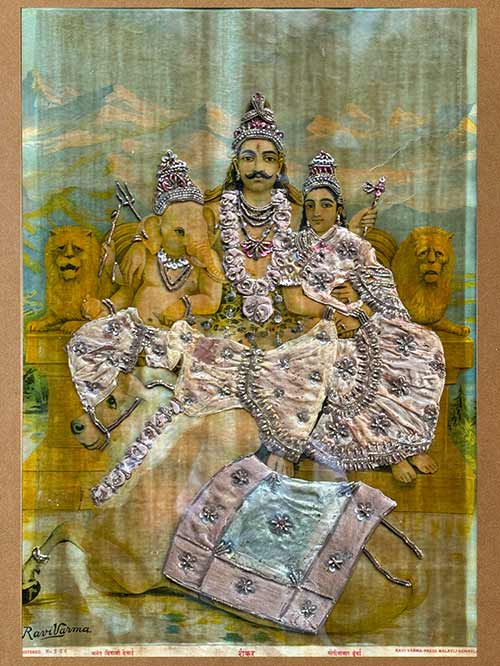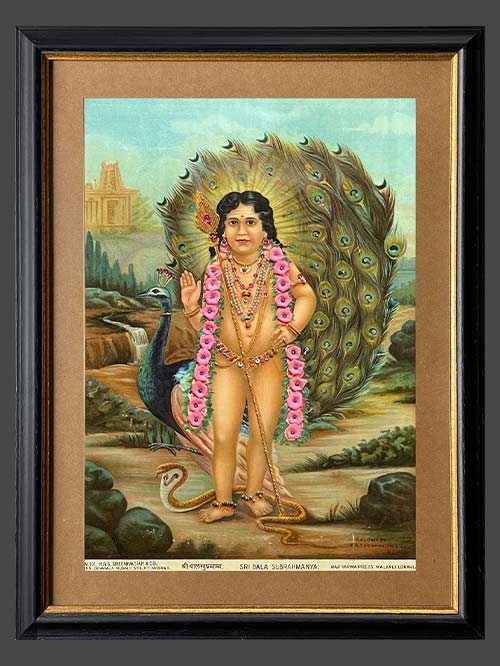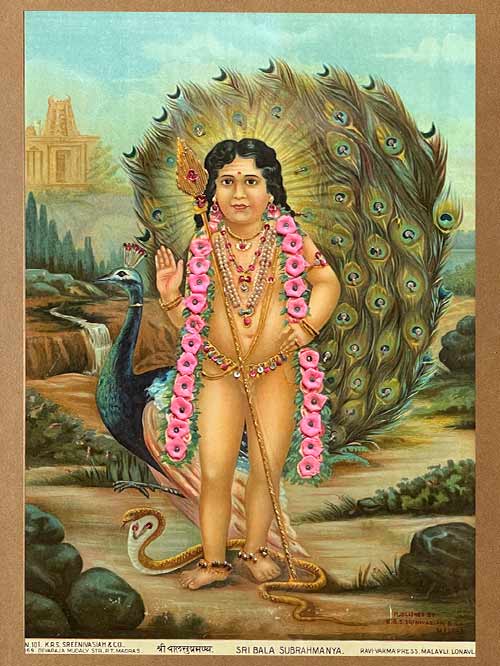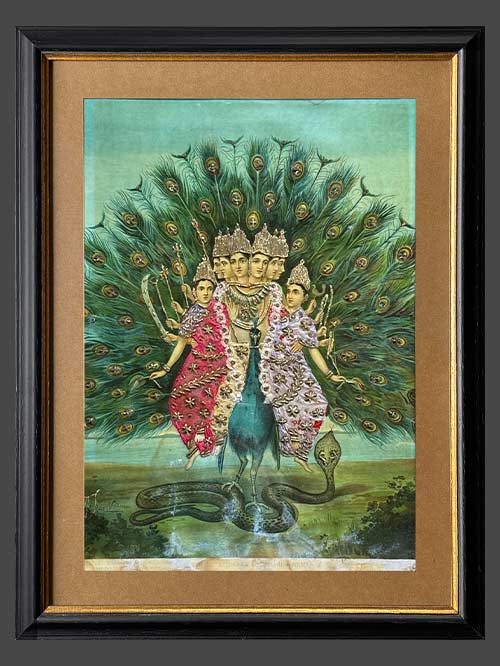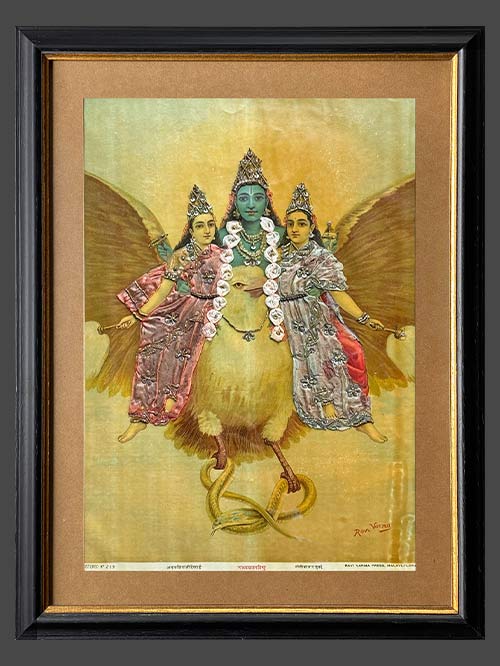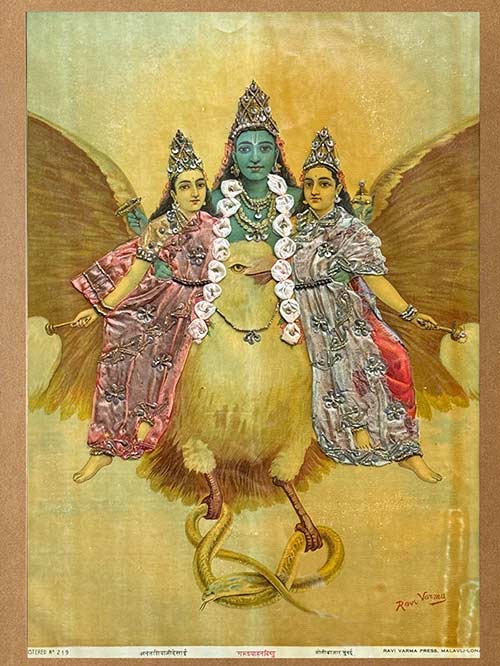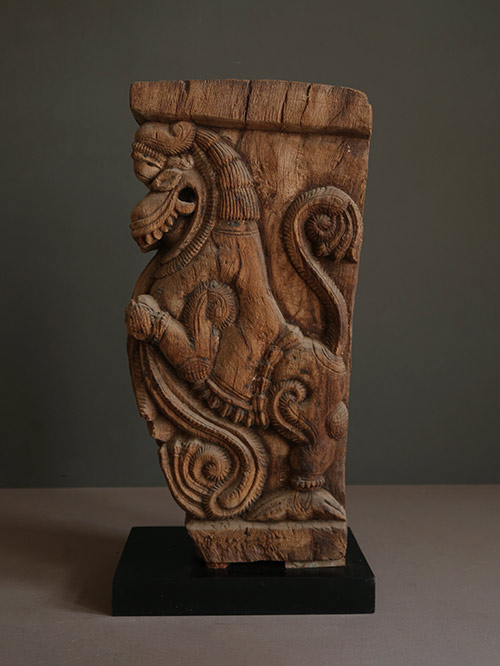Set of Altar Spires
Goa
Wood with original polychroming
A sculptural set of four slim and elegant polychromed gothic style altar spires.
The Christians of Southern India have a long history and are one of the oldest Christian communities. They trace their origins to St. Thomas, an apostle of Jesus, who arrived in AD 52 and spread the new religion to other parts of the region. Despite the emergence of Roman Catholicism during Portuguese rule, Christianity remains strong in southern India with active churches and significant attendance on Sundays and feast days.
Magnificently adorned with churches and convents, Goa is often considered the Rome of the Orient, with its churches imitating grand European cathedrals featuring lofty halls, intricate wooden altars, and impressive masonry facades in the European baroque or neo-classical style. Hired by the bishops and priests, Indian woodworkers skilfully crafted altar carvings, images, and altarpieces that became the ritual and visual focal points within the interiors of churches. While these pieces were originally copied from and inspired by models imported from Portugal, the woodworkers began to showcase their creativity by blending European and Indian imagery and design conventions. The resulting art, known as Indo-Portuguese, represents a subtle fusion of elements brought from Europe with a rich local tradition. In its early stages, pieces were primarily crafted for both ecclesiastical and secular purposes. Altars, candlesticks, lecterns, and other objects carved with Christian symbolism conveyed the superiority of the new religion on Indian soil in imposing physical terms. These objects also showcased artistic prowess, often adorned with vibrant colours using hard wax and highlighted with gold.
Individual Sizes (cms): 113(H) x 16(W) x 16(D) each
Individual Size (inches): 44.5(H) x 6.5(W) x 6.5(D) each

